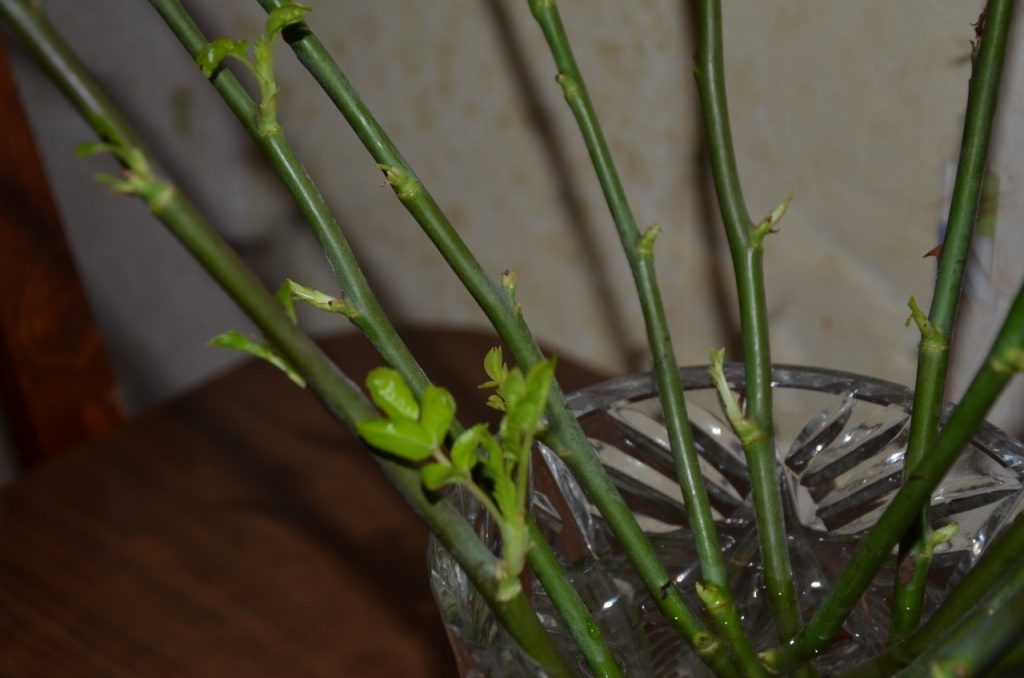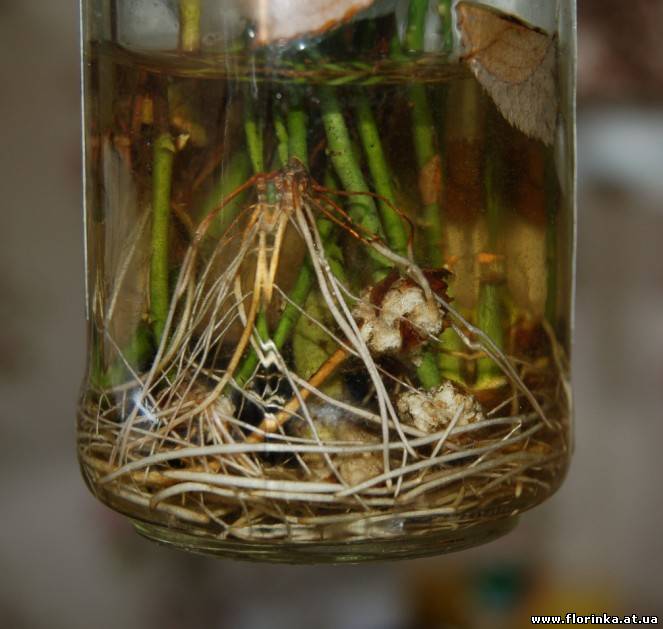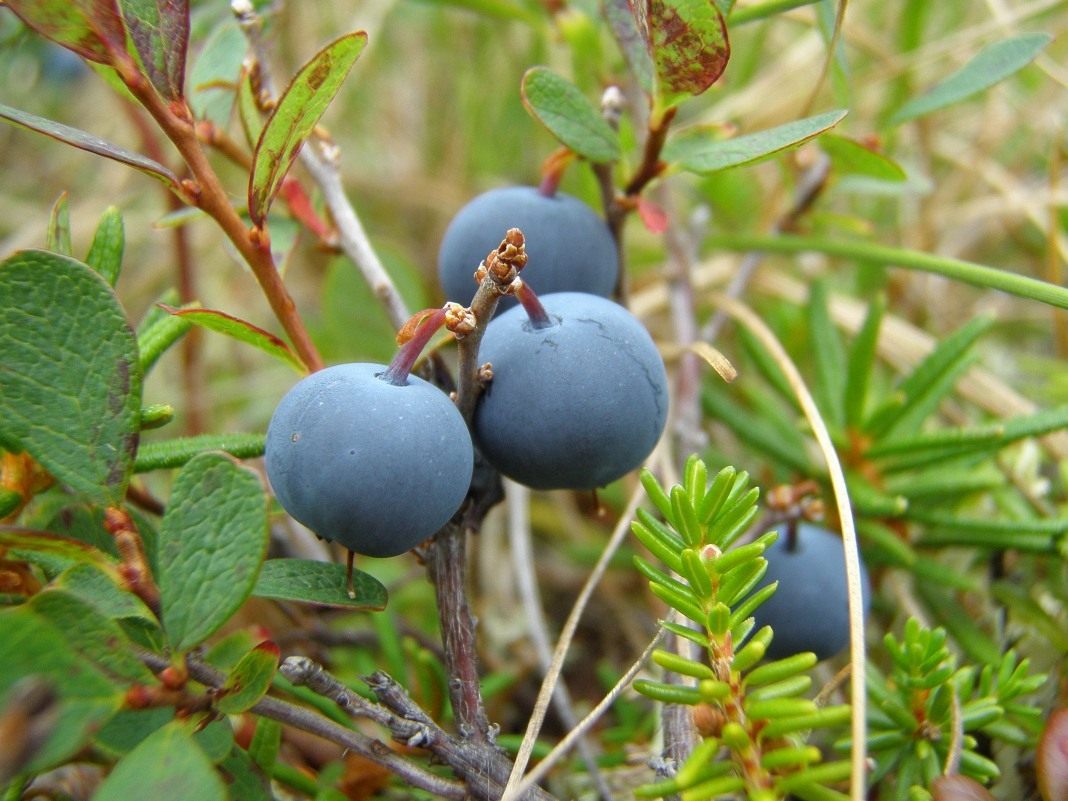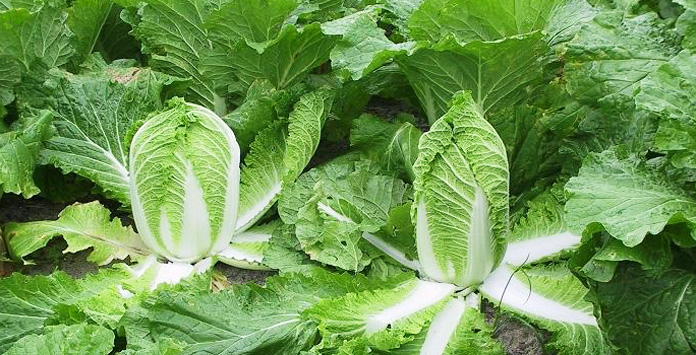Content:
After the bouquet loses its petals, many are asked how to grow a rose from a cutting at home. Indeed, if the house has a piece of land, the temptation to get a whole bush of magnificent roses is great. The beauty of this reproduction technique is that from this small piece of the stem, with a favorable outcome, it is guaranteed that exactly the same flower that just recently flaunted in a vase will grow.
Is it possible to plant a rose from a bouquet in the ground
Before deciding on the possibility of germinating a bush from the available material and choosing a suitable method, you need to evaluate the cuttings.
What stems are suitable for breeding roses
For planting, only those stems are selected from the bouquet, on which live leaves and buds remain, but there are no traces of lignification. The skin color should only be green, and the shoot not too thin.
It will take just a few days for the roses to stand in a vase of stagnant water to lose their vitality. This is enough for harmful microorganisms to multiply on the cuttings. Flowers that have been presented just recently are ideal for cuttings: on this day or yesterday. If it is impossible to start grafting immediately, then the bouquet is placed in cool water, having previously cut off the ends of the stems at an angle of 45 ° by 1-1.5 cm.
A rosette grown in a local nursery is suitable for breeding. Imported samples are not adapted to the Russian climate, and it is pointless to use them to propagate a new variety. In addition, during long transportation, the flowers undergo chemical treatment, which will not allow the cuttings to take root.
Planting in the ground with potatoes
If there is no time to grow a stalk in a pot or greenhouse for a long time, then you should use this method. It is suitable for direct planting of cuttings in open ground. It is enough to choose the optimal time when the frosts are far behind and there is a long warm summer ahead.
Potato tubers are carefully selected, giving preference to healthy ones without traces of diseases and fungi. Each tuber is washed, all eyes are cut out with a sharp knife, and then disinfected in a weak solution of manganese. The then dried potatoes can be used to germinate rose cuttings.
A deep, but not a through hole is cut in the tuber, where the cutting is inserted with its lower end. To speed up the engraftment process, the tip is pre-dipped into the root. Then you can plant, but first you need to prepare the seat.
An area in the sun, but protected from strong winds, is suitable for a rose garden. A trench is dug 15 cm deep. A sandy pillow 5 cm thick is poured onto the bottom. Potato tubers with cuttings are immersed in it. Next, the trench is covered with fertile soil so that the upper bud is above the surface of the garden.The planting is thoroughly watered, and then each cutting is covered with a separate glass jar or a transparent plastic bottle with a cut throat to ensure the conditions of a greenhouse. They remove the shelter when the sprouts that appear are at least 2 weeks old.
How to root a rose from a bouquet
In the general case, regardless of the method chosen, the step-by-step composition of the work on rooting cuttings consists of standard stages.
Harvesting cuttings
There is no need to rush here, because the chances of success directly depend on the quality of the preparatory work. Cuttings are harvested with a sharp knife or pruner. It is important not to cause unnecessary injury to the stems. It is advisable not only to grind the cutting tool itself, but also to disinfect it in order to avoid foreign microflora getting into the cut.
The segment itself is made as follows: an oblique cut is made under the lower kidney, stepping back 1 cm from it. Above the uppermost kidney, the cut is made straight. The optimal number of buds on the handle is 3. Less is undesirable, as it reduces the chances of planting this particular flower. More will weaken the stalk. You should stop at the golden mean. If all the conditions for germinating the cuttings are ideal, and the quality of the flowers is high, then you can take a chance and use segments with only 1 bud.
The lower leaves must be removed entirely, the upper ones are shortened with scissors, leaving a half with a petiole or even one third from the leaf plate. This technique will allow the cutting to continue breathing, but will prevent excess moisture from evaporating. It is not recommended to remove all leaves entirely, as this will slow down the sap flow in the stem. The thorns are removed last.
Rooting in water
This method is good because it can be used all year round. It is enough to create optimal conditions for growth for cuttings, then you can wait for summer and plant seedlings in open ground. For starters, you will need a transparent container of water in which the stems will stand in room conditions. The water is used filtered, and tablets of activated carbon are also placed on the bottom of the container specifically for disinfection. The cuttings are immersed only with the lower end, not reaching the kidney.
Every 2 days the water is changed to clean water. The total germination period is 2-3 weeks. After 20 days, whitish growths should appear on the cut, from which roots will appear. This is the best time to plant the cuttings in the soil. You should also not rush, it is better to give the cuttings time to grow roots, so it will be easier for it to root in a new place.
How to root a rose from a bouquet in a pot
Sprouting in pots allows you to get strong, well-prepared seedlings of roses for transplanting into open ground. It is important to provide a separate pot for each of the cuttings, but you can also use plastic containers with a size of at least 0.5 liters. If you use a large planting box, then there should be a gap of at least 8 cm between the individual plants.
Each landing container is thoroughly disinfected beforehand, for example, washed with a manganese solution. After that, the universal soil heated in the oven is poured into which, for better aeration, a little clean sand is mixed, as well as any organic fertilizer: humus, compost, humate. As a result, you should get a fertile, but loose and light soil mixture.
For drainage, small stones, fragments of brick, crumbs from dried eggshells are placed at the bottom of the planting containers. The stem is carefully stuck into the center of the pot.Immerse so that 1 upper kidney remains on top. Over time, a green shoot with leaves will appear from it. Then everything is poured at once and a glass cap is put on top.
If everything was done correctly, then after a maximum of 30 days a green leaf should sprout from the bud. This indicates that rooting was successful. One leaf for transplanting to a flower bed is not enough. A strong green sprout is needed.
How to plant a rose with a handle from a bouquet in the ground
Early spring is the ideal time to transplant rooted cuttings outdoors. If they started growing a seedling in winter, then by this time there may already be a lot of green shoots. In this case, they are shortened, leaving only 4 buds. This will reduce the risk of the rose dying.
As soon as the stalk is planted in a flower bed, the ground around it is thoroughly watered, and then mulched with peat or sawdust. It's good to have something nearby that creates shade during the hottest part of the day. Acclimatization usually takes 2 weeks. After active growth of green shoots, when they reach a length of 12-15 cm, you need to carry out the first feeding. Complex mineral fertilizers, as well as organic ones, are suitable.
At what time and how to grow a rose from a bouquet at home
The optimal time to propagate roses is from May to September. The maximum survival rate was noted in those cuttings that were taken from the bushes in June. In July and August, the vitality of the rose is already declining, so you should not engage in cuttings at the end of summer.
Autumn and winter are not the best times to get seedlings. Of course, with a lot of experience, you can succeed in this case, but more effort will be expended. After all, it will be necessary to artificially create optimal humidity, temperature and illumination for a long time until spring.
Tips & Tricks
Those wishing to try their hand at growing roses from bouquets should take note of the following recommendations of experienced gardeners:
- In the planting trench or pot, it is worth adding sand or shells crumbled into pieces. Reception helps to avoid stagnant water, and the roots will be better ventilated.
- Don't try to germinate imported roses. Success is ensured in the germination of domestic flowers, since they are not subjected to aggressive chemical treatment before being sold.
- At night, before grafting, it is worth lowering the roses in a bowl of water with flowers down to saturate them with moisture.
- Saplings rooted in a flower bed should be dug up for the winter and sent to a greenhouse or house to ensure a warm winter. Only in the second year it will no longer be necessary to dig.
- Until young green shoots reach a height of 20 cm, you should not rush to feed.
- Do not allow the bushes of the first year to bloom, as this will weaken them too much.
Sprouting roses from a bouquet is a very real event, but it will also take a lot of effort. Experienced growers do this, wanting to get a seedling of flowers of a rare shade.
















